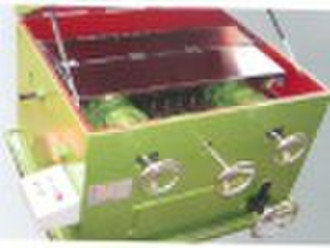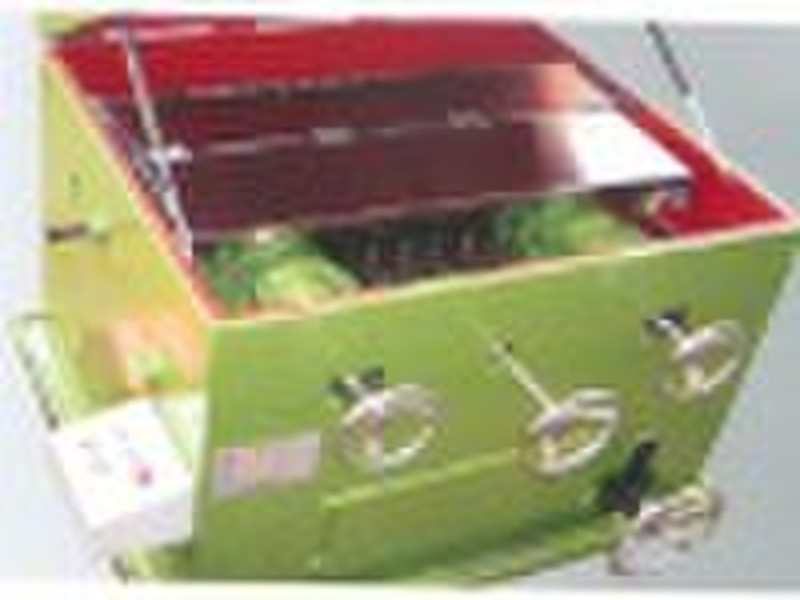Round Bar And Wire Polishing Machine
原价: 1 000 USD
程度, 中国
生产能力:
50 设置 / 年

Yongdong Zhu
联系人姓名
基本信息
Polishing and buffing are finishing processes for smoothing a workpiece's surface using an abrasive and a work wheel. Technically polishing refers to processes that use an abrasive that is glued to the work wheel, while buffing uses a loose abrasive applied to the work wheel. Polishing is a more aggressive process while buffing is less harsh, which leads to a smoother, brighter finish. A common misconception is that a polished surface has a mirror bright finish, however most mirror bright finishes are actually buffed. Polishing is often used to enhance the looks of an item, prevent contamination of medical instruments, remove oxidation, create a reflective surface, or prevent corrosion in pipes.In metallography and metallurgy, polishing is used to create a flat, defect-free surface for examination of a metal's microstructure under a microscope. Silicon-based polishing pads or a diamond solution can be used in the polishing process. The removal of oxidization (tarnish) from metal objects is accomplished using a metal polish or tarnish remover; this is also called polishing. To prevent further unwanted oxidization, polished metal surfaces may be coated with wax, oil, or lacquer. This is of particular concern for copper alloy products such as brass and bronze. Thisround bar and wire polishing machineis professional in polishing the round metal bar with high speed and high quality. The following is the technical parameters of the round bar and wire polishing machine. UNIT MODEL NO.0123POLISH SPEED (M/MIN)80808080PRODUCT STANDARD(MM)3-84-126-1510-25PRODUCT LENGTH(M)2-62-62-62-6PRODUCT SURFACE COARSE-DEGREE (ROUND STICK)Ra4-Ra0.8Ra4-Ra0.8Ra0.8-Ra16Ra0.8-Ra16ROUND STICK BEELING DEGREE (MM/M)0.80.80.80.8UNIT POWER(KW)11152230UNIT SIZE(M)(L*W*H)0.9*1.8*0.81.9*1.9*0.81.2*1.9*0.91.6*2.4*0.9
交货条款及包装
Packaging Detail: in bulk, suitable for long voyage. Delivery Detail: 70days
端口: Guangzhou
付款条款
Letter of credit
Telegraphic transfer
-
支付方式
我们接受:









